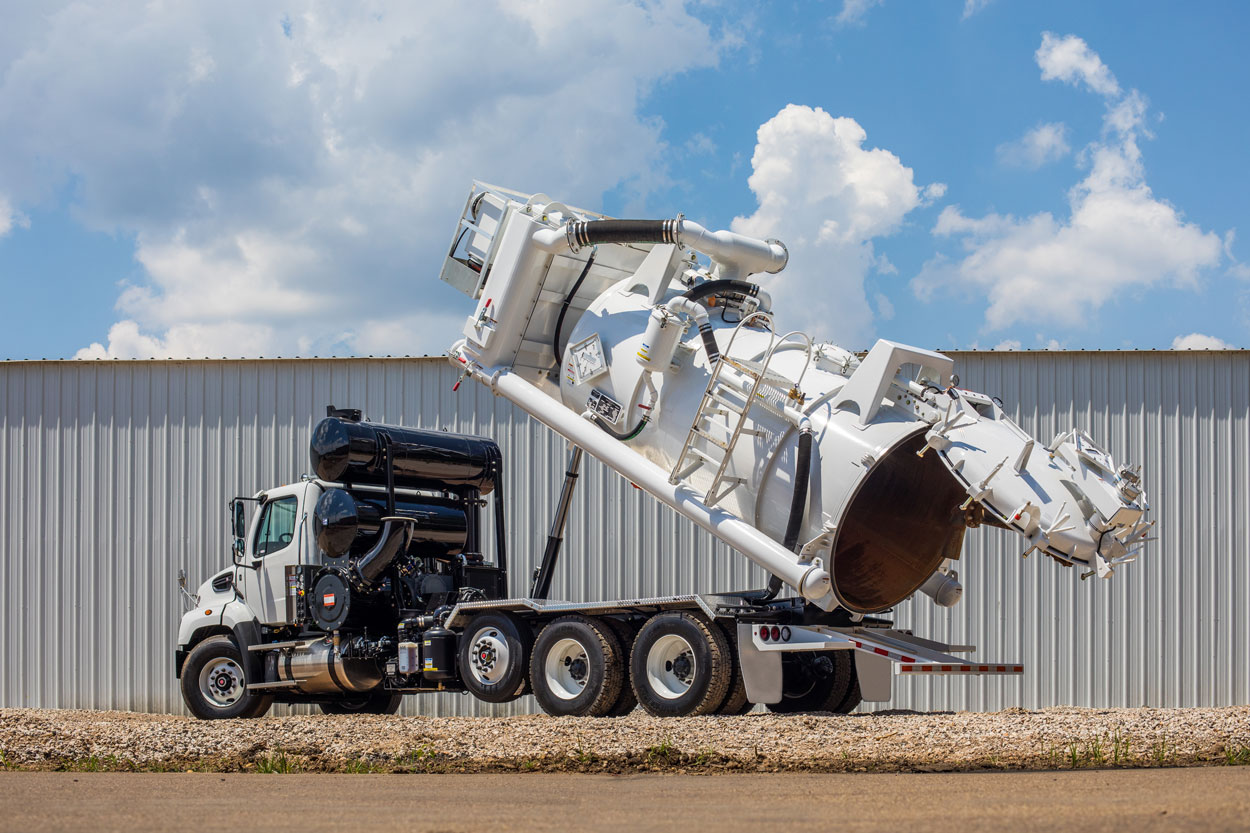Vacuum tanks are pressure vessels designed to operate under negative pressure conditions. They are commonly used in various industrial applications requiring a vacuum, such as the chemical, pharmaceutical, and food processing industries.
There are two types of vacuum tanks: ASME code and non-code. Follow along to understand the difference between ASME code vs non-code vacuum tanks.
ASME Code Vacuum Tanks
The American Society of Mechanical Engineers (ASME) is a professional organization that sets standards and codes for the design, fabrication, and inspection of pressure vessels, including vacuum tanks. ASME code vacuum tanks are designed and built according to the ASME Boiler and Pressure Vessel Code (BPVC), which provides guidelines for their safe construction and operation.
ASME code vacuum tanks are subject to rigorous design, fabrication, and inspection requirements. A qualified design-certifying engineer must design these tanks. They must also be fabricated by an ASME-certified manufacturer and inspected by an ASME-approved inspector before being put into service.

Non-Code Vacuum Tanks
Non-code vacuum tanks, on the other hand, are not designed or built according to any specific code. Although their designs follow many of the same features, they do not require design and fabrication by certified manufacturers. One noticeable difference is that, unlike ASME code tanks, non-code vacuum tanks don’t have to include roll-over bars at the top.
While non-code vacuum tanks may be less expensive than ASME code tanks, they may also pose a greater risk of failure or rupture. Non-code tanks are not subject to the same rigorous inspection requirements as ASME code tanks, and they may have different levels of quality control during fabrication.

Which Vacuum Tank is Right for You?
When choosing a vacuum tank, consider your application and the level of safety and reliability required. If your application involves hazardous materials, high-pressure differentials, or critical process conditions, an ASME code vacuum tank may be the best choice. ASME code tanks offer higher safety and quality assurance and are designed to meet strict performance standards.
However, if your application is less demanding or requires a lower level of performance, a non-code vacuum tank may be a more cost-effective option. Non-code tanks are typically less expensive than ASME code tanks and may be more suitable for applications that do not require the same level of regulatory compliance.
When choosing between ASME code vs non-code vacuum tanks, consider your application and the level of performance and safety required to ensure that you select the right tank for your needs.

